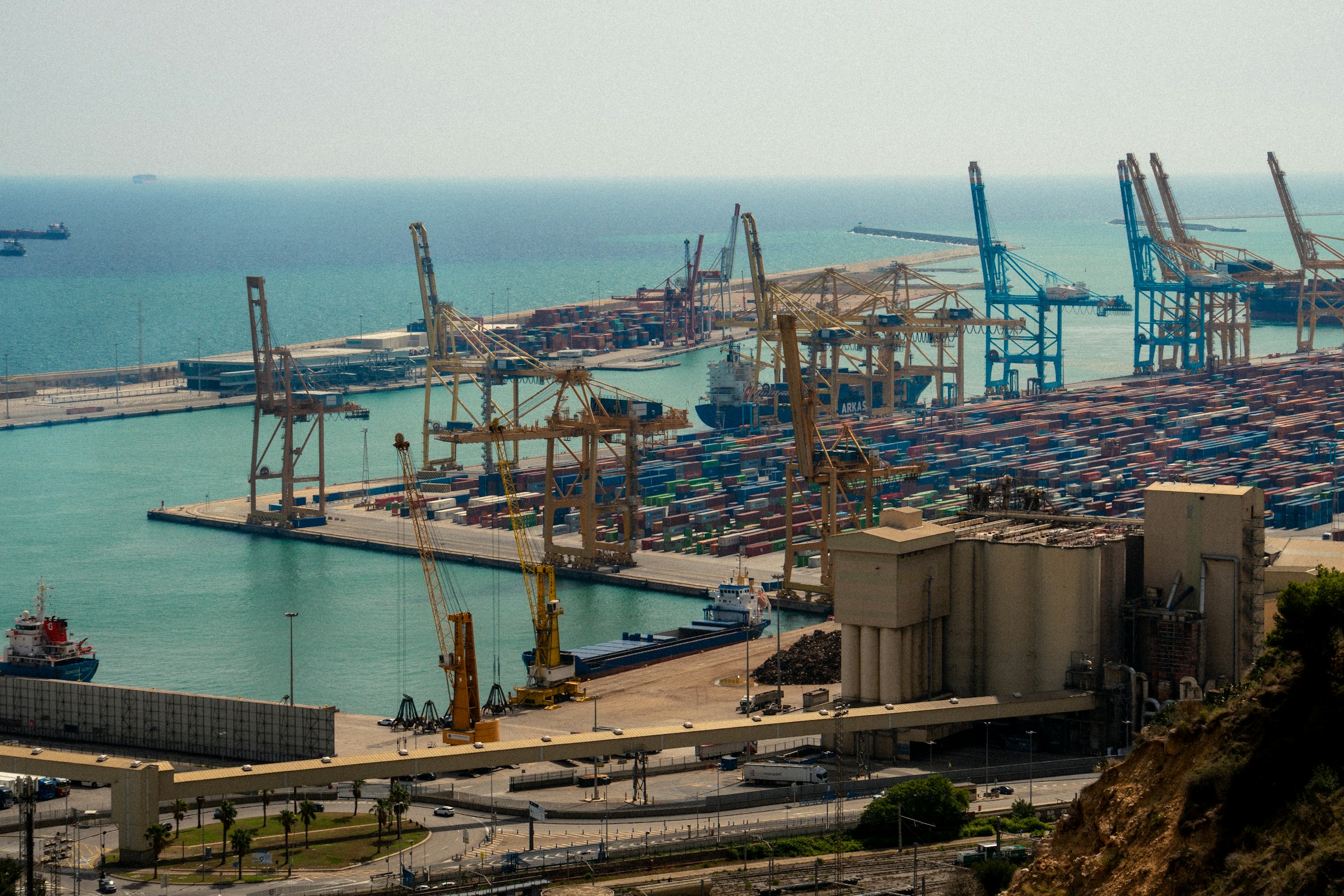Beijing isn’t rattled—and that should worry Washington more than it reassures.
While the US frames its new 15% tariff deal with the EU as a strategic positioning play ahead of resumed negotiations with China, the lack of a visible counterreaction from Beijing isn’t a sign of weakness. It’s a calculated read on leverage. This isn’t 2018. China doesn’t need to bluster. It only needs to watch—and wait.
At face value, the US-EU framework deal seems bold. In theory, it signals transatlantic unity just as Washington re-engages with Beijing in Stockholm. In practice, it projects an overplayed hand. A 15% across-the-board tariff on EU goods entering the US—essentially pre-committed economic friction—isn’t a warning to China. It’s a signal to voters. And Beijing knows it.
This deal is less about Europe than it is about narrative construction. President Trump’s move compresses timelines on Russia, shores up nationalist economic credentials, and attempts to bind Brussels to a Washington-led terms-of-engagement model. But there’s a gap between rhetoric and cohesion.
EU member states have vastly differing trade dependencies with China. Germany’s automotive sector, for example, is still deeply exposed to Chinese demand and EV battery inputs. Italy’s manufacturing sector leans more heavily on US security alignment than economic decoupling. While the deal looks unified, the interests underneath are fragmented—and Beijing can play to that.
What’s more, setting tariffs at 15% against European goods while posturing against China creates a double-bind. If the US wants to use the deal as leverage against Beijing, it must assume both that the EU will align on enforcement and that China feels materially pressured. Neither assumption holds in full. China has already diversified import sources, built redundancy across key commodity and industrial supply chains, and learned from the 2018–2019 trade war phase that silence and substitution beat public escalation.
While Washington leans into tariff theatre, China leans into divergence. The key to Beijing’s calm isn’t confidence—it’s data.
In 2023, China-EU bilateral trade still accounted for over €850 billion in goods alone. Despite friction over EV subsidies and digital infrastructure, Beijing has largely maintained its posture as a stable commercial partner. Meanwhile, EU firms continue to hedge US dependency by maintaining operations in China even as they expand in Southeast Asia and India. This isn’t allegiance—it’s option value. And Beijing knows how to reward ambiguity.
The real risk for Washington is that the trade deal backfires by trying to unify an alliance without calibrating individual member states' red lines. A France that is skeptical of US tech dominance, a Germany wary of industrial disruption, and a Poland deeply loyal to US military guarantees are not starting from the same strategic logic. China doesn’t need to counter this deal. It only needs to let its inconsistencies become visible.
This isn’t a containment strategy. It’s a confidence play—one that China can afford to ignore in the short term.
The danger for US strategists is that they believe this deal changes Beijing’s calculus. It doesn’t. It may harden China's sense that time is on its side. By watching US-EU unity fray under the weight of economic self-interest, Beijing may opt for silent triangulation: cutting separate deals with energy-exposed Eastern European states, deepening yuan-settlement trade corridors with the Global South, and quietly offering industrial incentives to EU exporters facing tariff fatigue.
Meanwhile, the US could find itself locked into its own rhetoric—without enough leverage to extract meaningful concessions from Beijing at the negotiating table. The Stockholm round may offer symbolic wins, but absent private-sector pressure or fresh geopolitical realignment, China is under no pressure to move first.
That long game, however, isn’t passive. It’s infrastructure-driven. While the US and EU choreograph tariff diplomacy, China is building—and not just roads or ports. It’s expanding its payments infrastructure, accelerating digital RMB settlement systems, and doubling down on cross-border logistics through the Belt and Road 2.0 reset. These are quiet moves—but strategic ones.
For business operators and strategy leads, the takeaway is sharp: Don’t confuse trade noise with structural change. The real shift is in capital confidence and logistical control. Beijing’s posture may look reactive on the surface, but its capital deployment signals something deeper—durability.
What looks like hesitation is preparation. And the West, in chasing fast alignment, may be over-indexing on coordination while under-investing in endurance. Strategy, after all, isn’t about looking unified. It’s about building advantage that holds when the optics fade. Beijing knows that. Do Western capitals?















